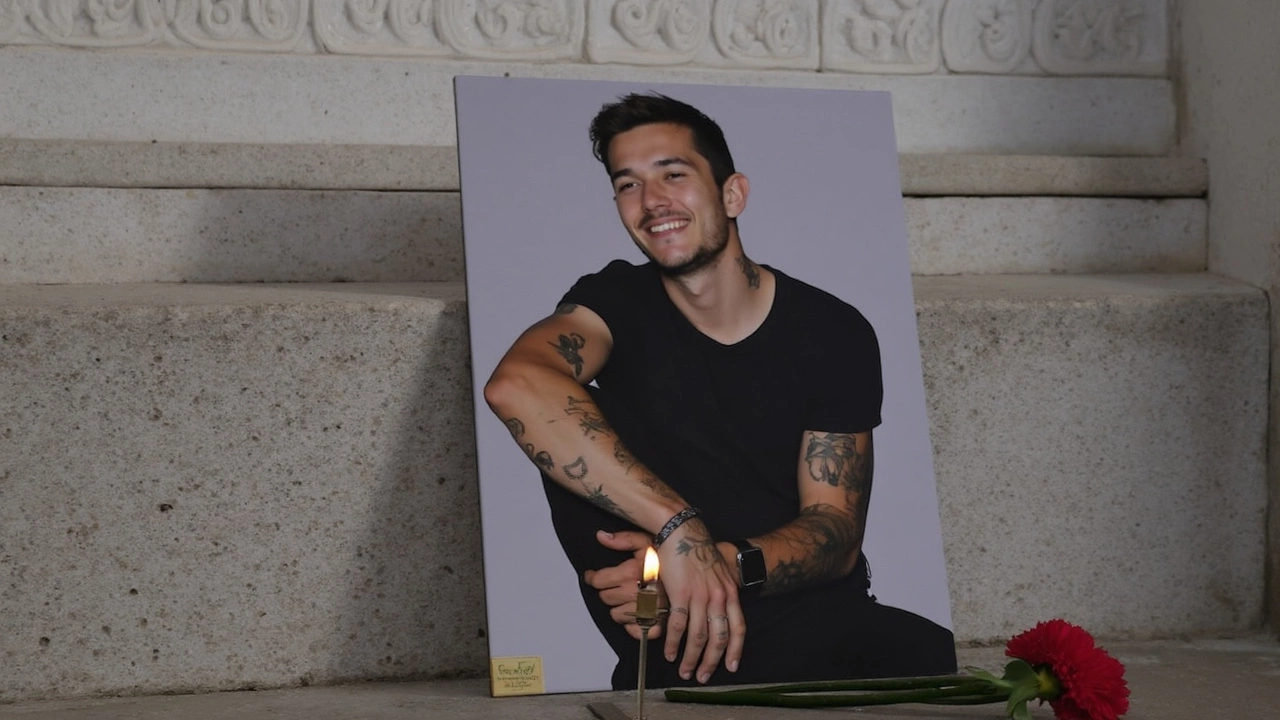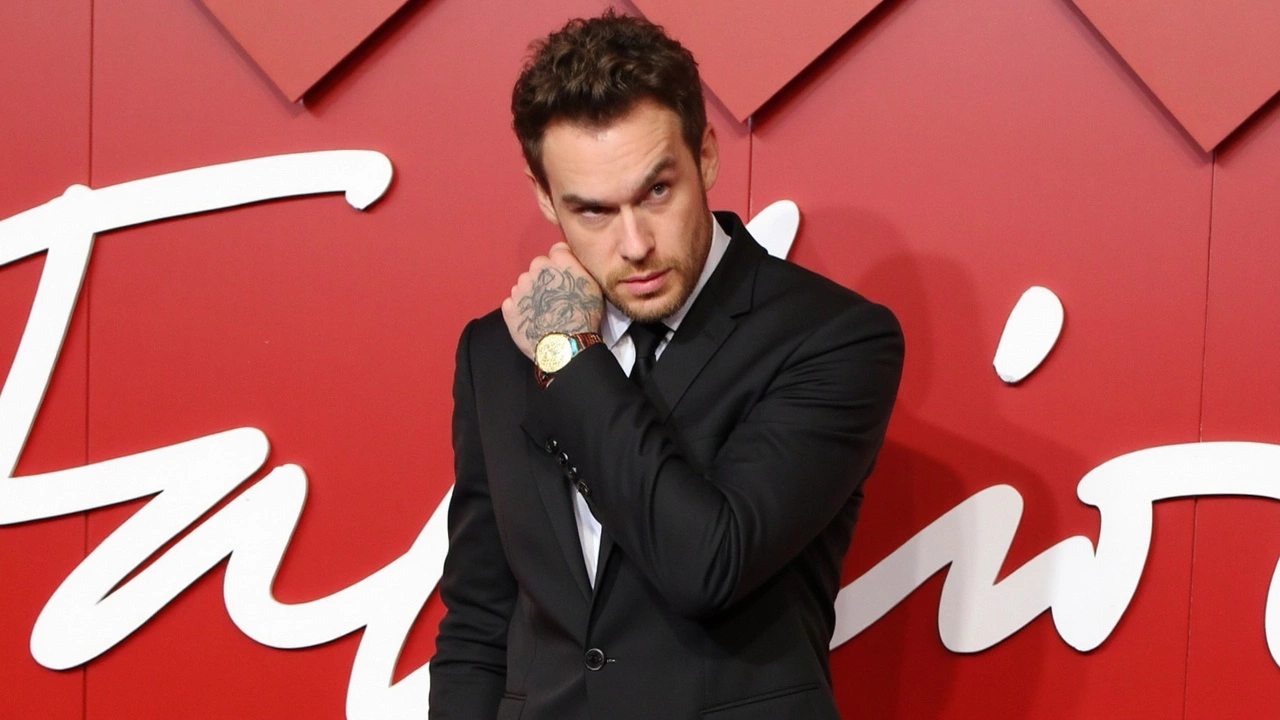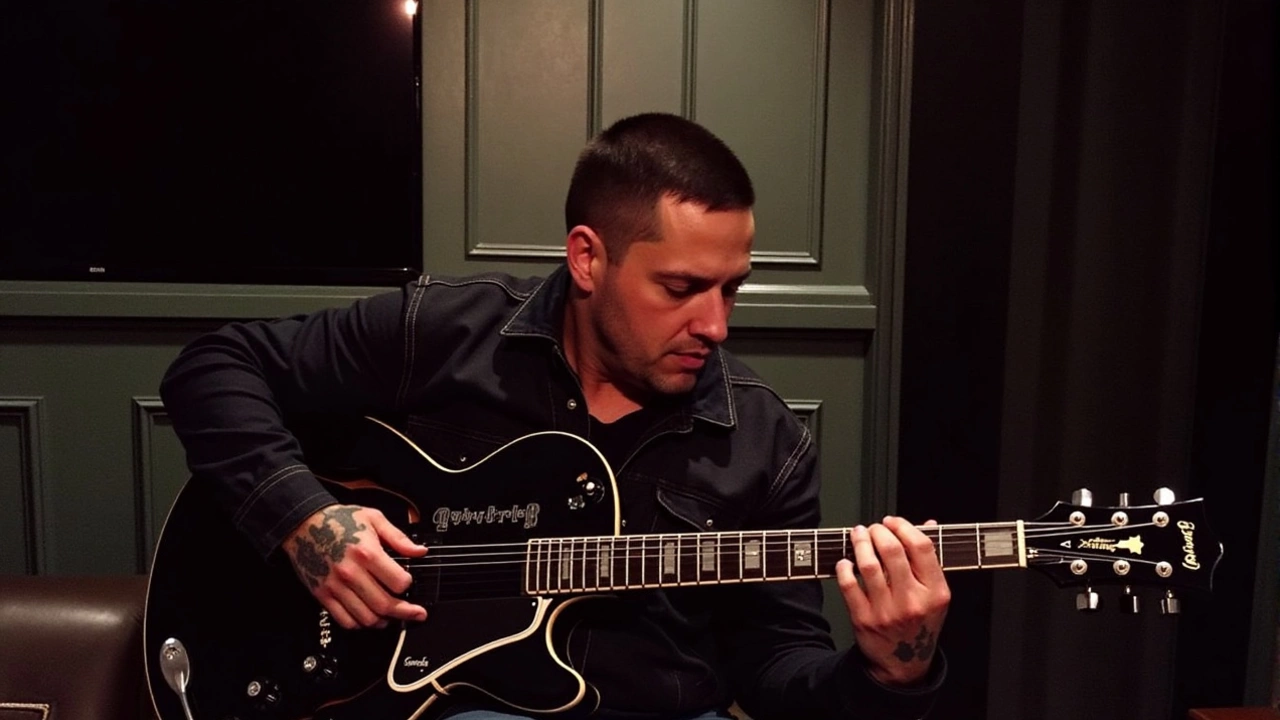Funeral
When you hear the word funeral, a ceremony that honors a deceased person, provides closure for loved ones, and often follows cultural or religious customs. Also known as burial service, a funeral can include a wake, viewing, or a simple gathering. It brings together family, friends, and sometimes clergy to remember the life that ended. funeral planning starts with legal paperwork and ends with the final farewell, creating a bridge between loss and remembrance.
One of the core ways a funeral is carried out is through burial, the practice of interring the body in the ground, often in a cemetery or family plot. Burial provides a physical place for ongoing grief rituals, such as placing flowers or lighting candles. Many cultures view burial as a return to earth, symbolizing the cycle of life. A burial service may involve a procession, a eulogy, and a final prayer before the grave is filled.
Another common option is cremation, the process of reducing the body to ashes through high heat, allowing for flexible memorial choices. Cremation has grown in popularity because it often costs less and offers more locations for remembrance, like scattering gardens or columbariums. Families can keep the ashes in an urn, divide them among relatives, or create a memorial plaque. Whether for space constraints or personal belief, cremation reshapes how a funeral concludes.
Beyond the physical handling of the body, a memorial service, a ceremony that honors the deceased without the presence of the body, focusing on stories, music, and personal tributes often follows the funeral or stands alone. Memorials let people celebrate life in a setting that reflects the person’s passions—be it a park, a place of worship, or a virtual gathering. They usually feature an obituary, photos, and spoken memories, giving attendees a chance to share grief and joy together.
Cultural and religious traditions shape every aspect of a funeral, from dress code to the order of prayers. In Hindu rites, the body may be cremated within 24 hours, while many Christian services include a candlelight vigil. Islamic customs emphasize rapid burial and specific body preparations. These customs influence the timing, language, and symbols used, creating a diverse landscape of mourning rituals worldwide.
Practical planning also requires a death certificate, permission from local authorities, and often a licensed funeral director to coordinate transport, embalming, or cremation. Selecting a venue—whether a funeral home, a church, or an outdoor site—sets the tone for the ceremony. Many families now consider eco‑friendly options like biodegradable caskets or sea burials, reflecting growing environmental awareness.
Below you’ll find a curated list of recent articles that cover everything from celebrity funerals to new trends in memorial services. Dive in to see how different communities honor their loved ones, what legal steps you need to take, and how modern technology is changing the way we say goodbye.



